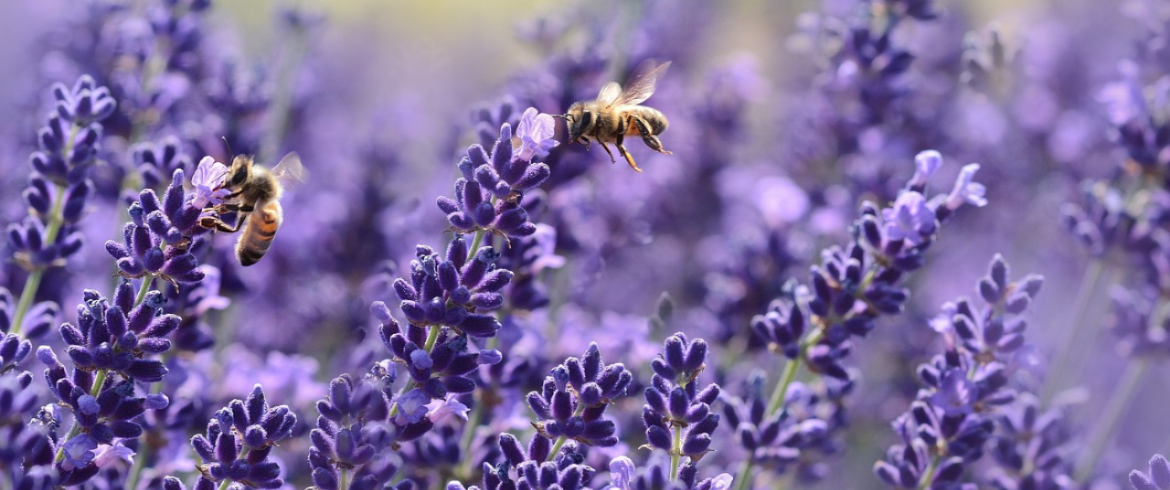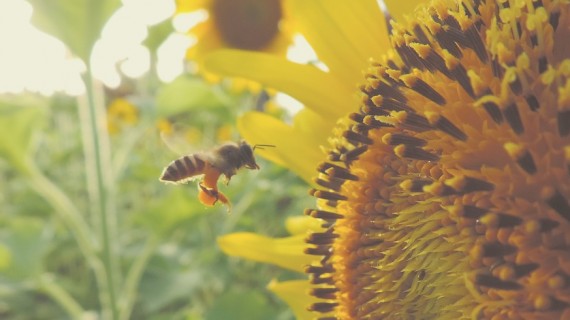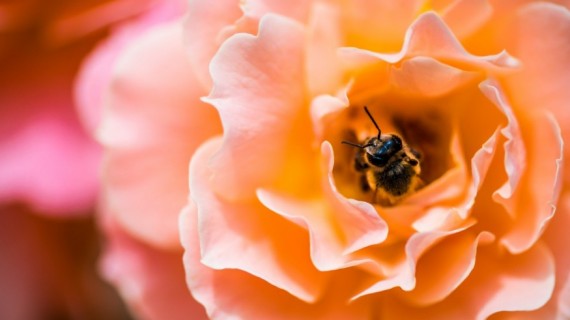Bees are some of the most important creatures we share this planet with. In fact, these buzzing beauties are responsible for almost one out of every three bites of food we eat. With that in mind, it’s important to teach future generations the importance of protecting our friends, the bees.
Here, we’ll provide a few kid-friendly facts and some fun ways to use them to teach your children about the wonderful world of bees.
13 bee facts you didn’t know
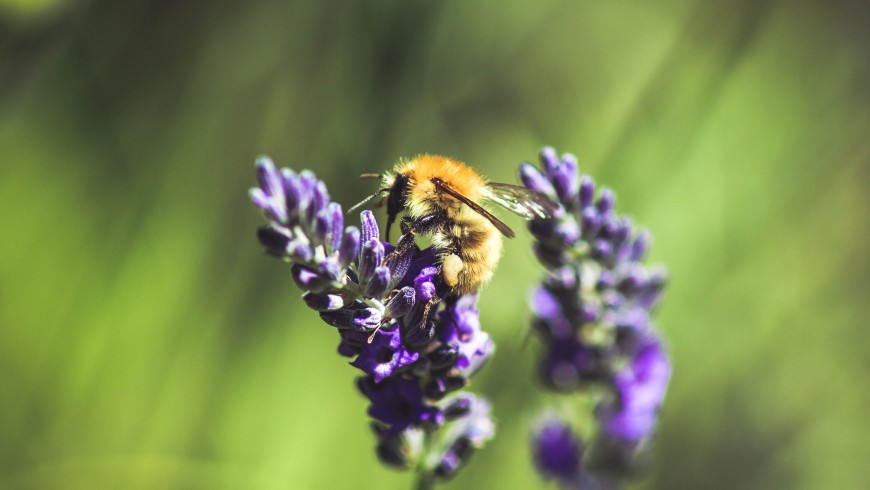
Let’s start with the facts. These 13 facts cover some of the basic functions and traits of your average bee. In addition, we’ll review some key information about bees in general. Time to get started.
- Bees have five eyes and six legs
- Honey bees live in hives (or colonies). The members of the hive are divided into three types: Queen, Workers, and Drones.
- There are more than 20,000 species of bees.
- Bees can see all colors except red. That and their sense of smell help them find the flowers they need to collect pollen.
- The average beehive can house around 50,000 bees.
- Each bee has 170 odorant receptors, which means they have one serious sense of smell.
- Worker bees go from one flower to another, collecting nectar. In one collection trip, a bee visits 50 to 100 flowers.
- Carpenter bees create tunnels that usually look about one or two inches deep, but they can be up to 10 feet long.
- The queen bee lays all of the eggs in a colony. At the height of the season, she may layover 2,500 eggs per day.
- Honey bees are great flyers. They fly at a speed of around 25km per hour and beat their wings 200 times per second.
- It takes 21 days for an egg to develop into an adult bee.
- Honey bees pollinate more than 100 different crops in the U.S.
- Over the past 15 years, colonies of bees have been disappearing, and the reason remains unknown. In some regions, up to 90% of bees have disappeared.

As you can see, there’s a lot to teach! And while these facts cover a lot, there’s still so much more to learn about the world of bees. But to get started with these facts, we’ll review a few helpful teaching tips.
Share Your Passion for Bees
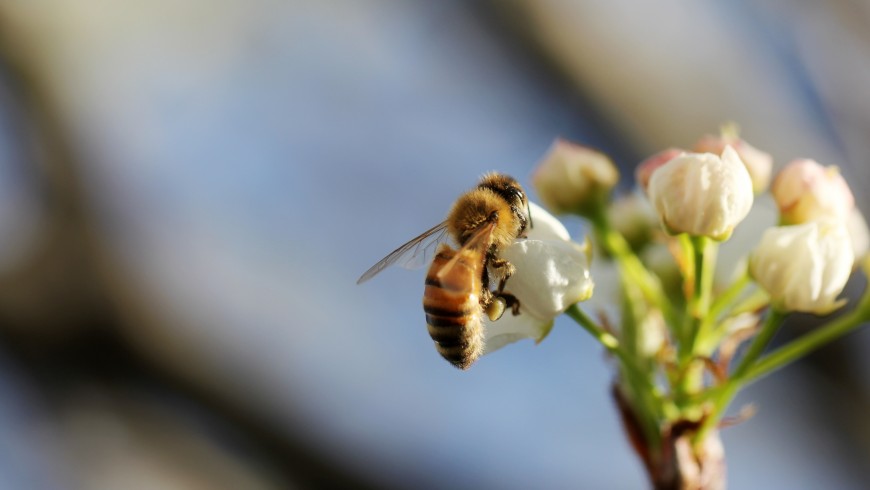
Kids pick up on your interest in certain topics. If you’re particularly passionate about bee education, let that shine through! There are so many amazing facts about bees, many of which we covered above. Using your passion as a way to really reach out to the children you’re teaching is an excellent method to start with.
Use Visual and Tactile Aids
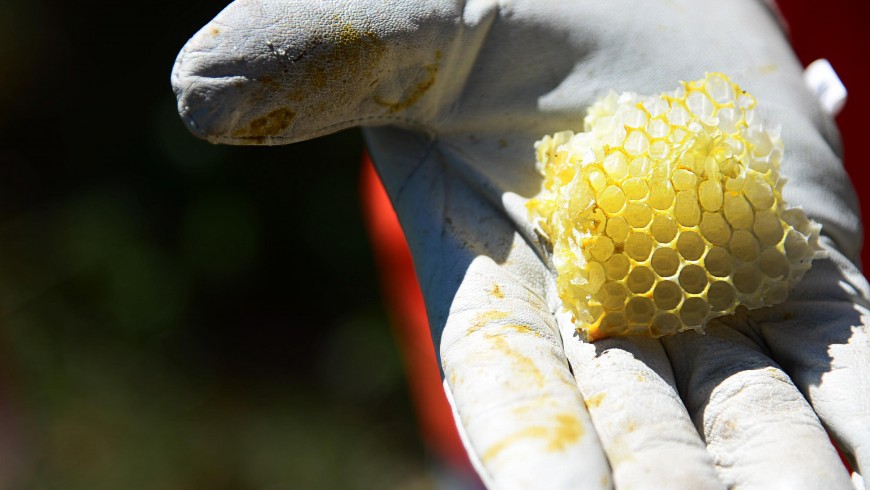
If there’s one thing kids love, it’s being able to see and touch the things they’re learning about. Bringing visual aids like pictures, diagrams, or even working with your local beekeeper to bring an observation hive into the picture can make all the difference. Other items like a honeycomb, macro photos of bee eggs, or even a portion of an abandoned beehive can go a long way in helping kids take a peek into the wonderful world of bees.
Use Nature as Your Classroom
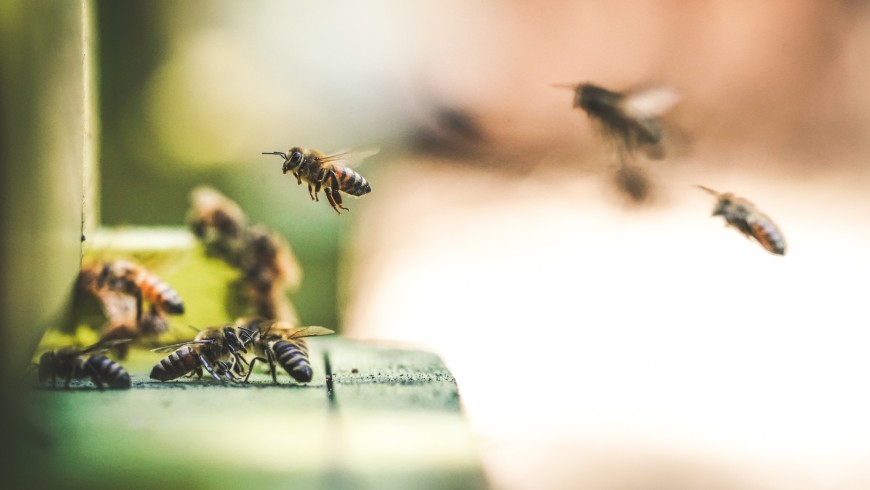
The great thing about bees is that they’re all around us! A simple nature walk can provide a lot of insight into the world of bees. Try spotting a bee or two in your local flower garden. Watch and point out how they move from flower to flower, gathering pollen and nectar as they go.
For more intrepid explorers, organizing a field trip to your local beekeeper’s farm is an awesome learning opportunity. Not only will you get up close and personal with the bees, you’ll be able to see how they function within a hive.
Bees Are Friends to Us All
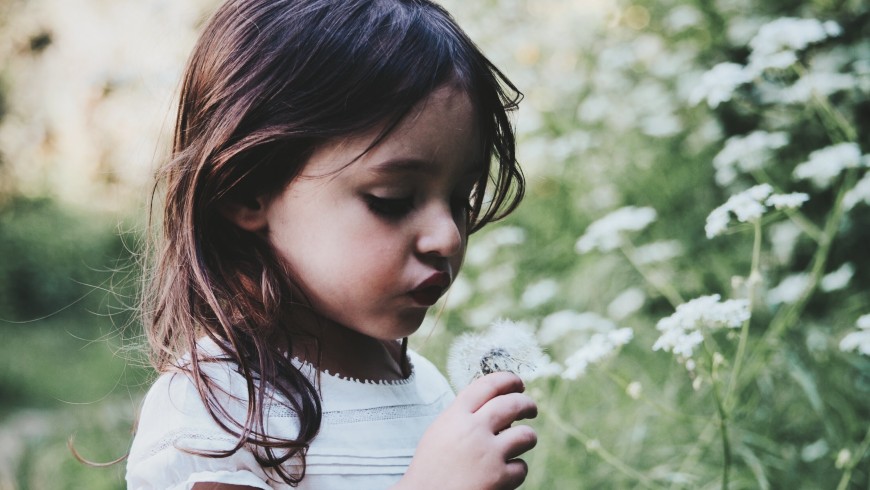
It’s easy for children to be afraid of insects, especially if they have stingers attached to them like bees do. But bees do so much for us! It’s our job to teach future generations how to live with, love, and protect these buzzing beauties all around us.
How will you teach future generations about the wonderful world of bees?
